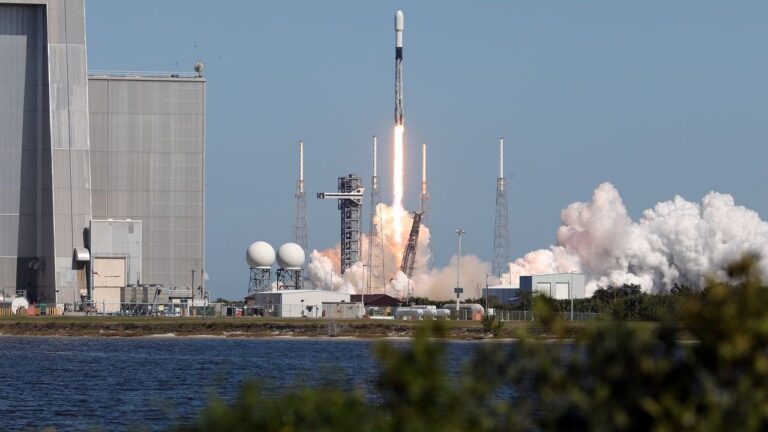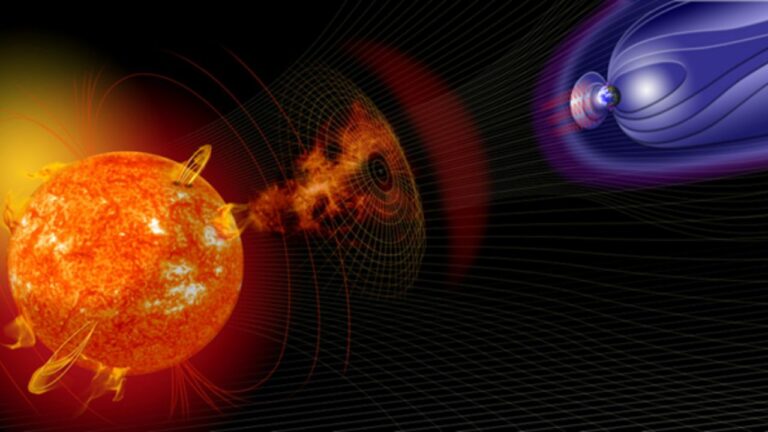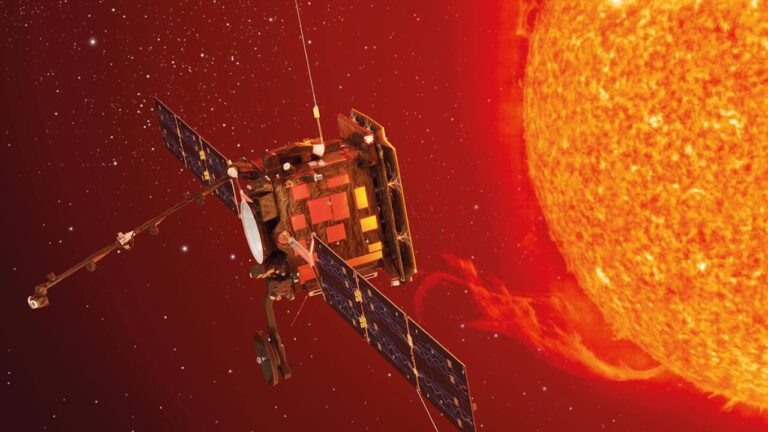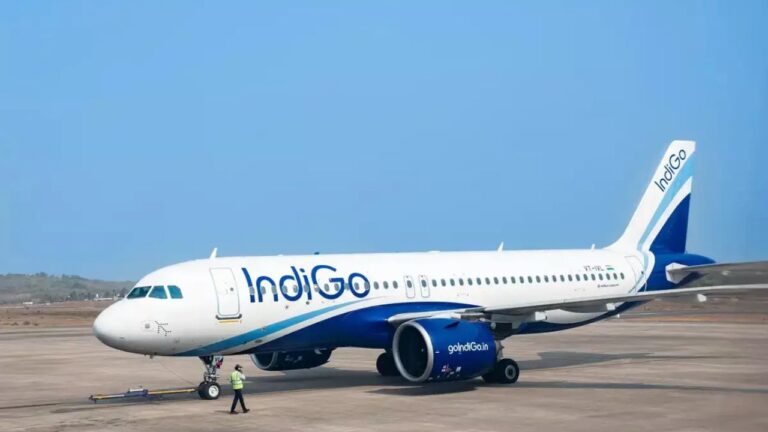
Satellite manufacturer Apex has introduced its most powerful spacecraft to date, a large satellite bus called Comet, targeting both commercial and government customers operating large constellations.
The newly unveiled Comet bus marks a significant expansion of Apex’s product line, joining the company’s smaller Aries and Nova platforms. Comet is designed to support missions that demand high power and large payloads, offering more than five kilowatts of power and the ability to carry payloads exceeding 500 kilograms.
Comet’s flat, wide form factor is engineered to maximize space within standard five-meter launch vehicle fairings, such as those used by SpaceX’s Falcon 9. According to Apex CEO Ian Cinnamon, this design allows for multiple Comet units to be launched simultaneously, making it ideal for customers looking to deploy constellations of satellites.
“We’ve been receiving substantial interest from both commercial operators and defense organizations,” Cinnamon said in an interview. He noted that Comet is particularly well-suited for satellite constellations similar to SpaceX’s Starlink, especially for applications like direct-to-device connectivity and Internet of Things (IoT) networks. Defense clients are also exploring its potential for sensor layers and space-based interceptors in systems like the proposed Golden Dome missile defense program.
Although Comet has been part of Apex’s long-term roadmap since its inception, the surge in customer demand prompted the company to accelerate its development timeline.
Despite Comet’s size and capabilities, Apex remains committed to supporting its existing Aries and Nova buses, which are optimized for different mission profiles. For example, Aries may be more suitable for remote sensing missions that don’t require the same power or antenna size as Comet.
Production for all three satellite bus models will take place at Apex’s manufacturing facility in Los Angeles. However, due to the scale and complexity of the Comet platform, the company expects a lead time of around 24 months. Customers typically purchase Comet units in batches large enough to fill an entire launch, generally between 10 and 20 spacecraft.
Drawing on experience from developing Aries and Nova, Apex applied a vertically integrated approach to Comet’s design. This strategy has allowed the company to keep costs in check and deliver a platform optimized for high-volume deployment.
“By reusing and scaling components from our earlier models, we’ve created a large spacecraft that remains cost-effective,” Cinnamon said. While specific pricing has not been released, he indicated the cost per unit will be in the “mid-single-digit millions” of dollars.
Comet completes the trio of satellite buses outlined in Apex’s original roadmap, covering small, medium, and large spacecraft to address diverse market demands. Looking ahead, the company has no immediate plans to develop even larger platforms for vehicles like SpaceX’s Starship.
“I love the concept of ultra-large spacecraft,” Cinnamon said, “but we’re focused on where the market and the money are today.”
With the launch of Comet, Apex is positioning itself to meet the evolving needs of modern satellite networks, combining scale, performance, and affordability in a rapidly growing space economy.






